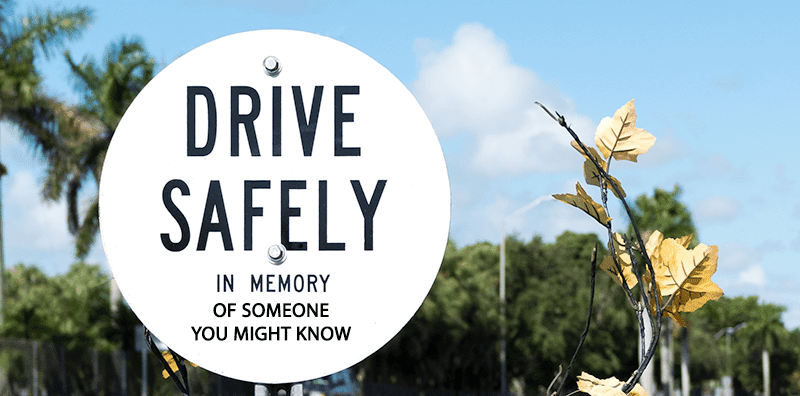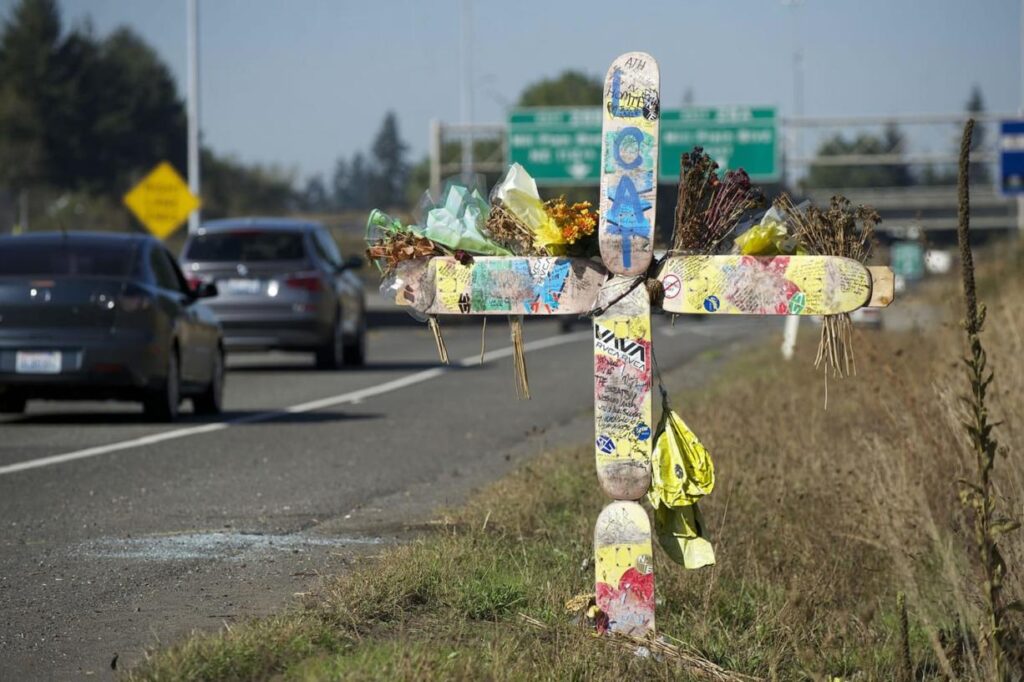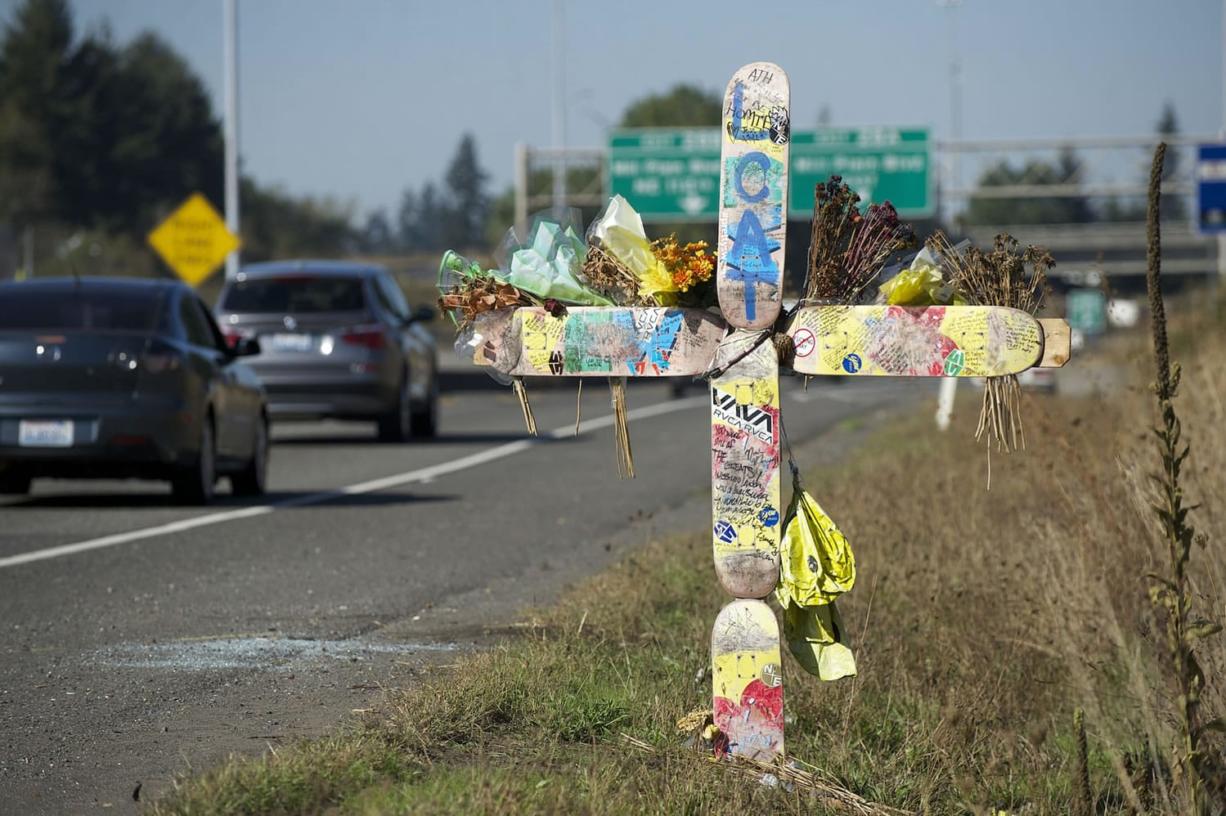What is an Ad Hoc Memorial?
An ad hoc memorial is a temporary or makeshift memorial that is created spontaneously in response to a particular event or tragedy. The term “ad hoc” is derived from Latin and means “for this purpose.” Ad hoc memorials are typically set up by individuals to honor the memory of someone who has passed away, to commemorate a significant event, or to express solidarity and support in the wake of a tragedy. Financial limitations might make a trip to a cemetery or other place of mourning out of reach.
These memorials often consist of a collection of personal items, such as flowers, candles, photographs, handwritten notes, and other symbolic objects, which are placed at a specific location associated with the event or the person being remembered. Sometimes large and heavy crucifixes or other religious artifacts are erected. Ad hoc memorials can be found in public spaces such as roadsides, parks, street corners, or outside buildings, depending on the context.
Are Roadside Ad Hoc Memorials Safe?
Roadside ad hoc memorials can potentially pose safety risks if they are not properly managed or if they obstruct the visibility of drivers or pedestrians. Here are a few considerations regarding the safety aspects of roadside ad hoc memorials:
1. Distraction: Elaborate or visually overwhelming memorials that capture significant attention from passing motorists can potentially lead to distraction, which may increase the risk of accidents. Drivers may be tempted to take their eyes off the road to read signs, view photographs, or observe the memorial, diverting their attention from the traffic ahead.
2. Impaired visibility: If a memorial is placed too close to the road or extends into the path of vehicles or pedestrians, it can impede visibility and create hazards. Objects that obstruct sightlines may prevent drivers from seeing oncoming traffic, pedestrians, or road signs, compromising safety.
3. Traffic flow disruption: Large or sprawling memorials can encroach upon the roadway or sidewalks, disrupting the flow of traffic or impeding the movement of pedestrians. This can lead to congestion, confusion, or potential conflicts between vehicles and pedestrians.
4. Maintenance and decay: Over time, ad hoc memorials may deteriorate, especially when exposed to weather conditions. Items such as wilted flowers, tattered ribbons, or loose objects can become roadside debris, posing risks to road users or becoming a source of litter.
To mitigate these risks, authorities in Florida have outlawed Ad Hoc Memorials, but allow a special Drive Safely roadsign to be installed in a safe location when paid for by the grieving families.

By striking a balance between preserving the sentiment of the memorial and ensuring public safety, it is possible to reduce potential dangers associated with roadside ad hoc memorials.

Remove Ad Hoc Memorial from Public Land
Removal of an ad hoc memorial on a roadway easement in Polk or Highlands County Florida.

